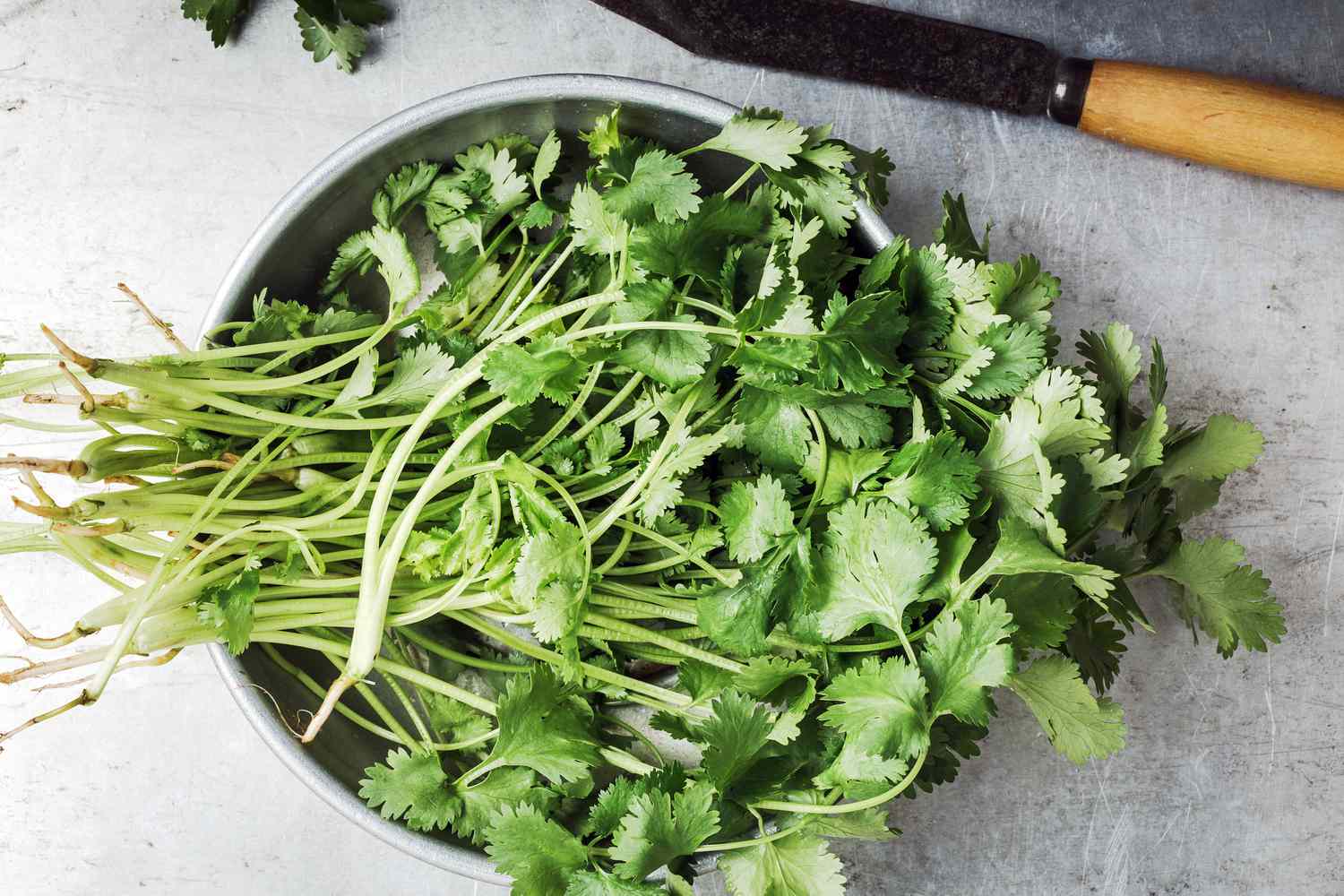
Cilantro, with its vibrant green foliage and distinctive flavor profile, is a staple herb in many culinary traditions around the world. Whether used to garnish savory dishes or infuse vibrant freshness into salsas and salads, cilantro adds a unique depth of flavor to a variety of recipes. Growing cilantro from store-bought bunches offers a convenient and rewarding way to ensure a fresh supply of this beloved herb. In this guide, we’ll explore the process of cultivating cilantro from store-bought plants, from selection to harvest.
I. Introduction
A. Importance of cilantro in culinary endeavors Cilantro, also known as coriander in some regions, is prized for its bright, citrusy flavor and aromatic leaves. Widely used in cuisines ranging from Mexican to Thai, cilantro adds a distinctive touch to dishes, enhancing their complexity and depth of flavor.
B. Overview of growing cilantro from store-bought While purchasing fresh cilantro from the store is convenient, growing your own ensures a continuous supply of this flavorful herb at your fingertips. By following simple cultivation techniques, you can transform store-bought cilantro into thriving plants that yield abundant harvests.
C. statement In this comprehensive guide, we’ll walk you through the steps of selecting healthy cilantro plants, preparing them for transplantation, providing proper care, and ultimately harvesting and enjoying the fruits of your labor.
II. Selecting the Right Store-Bought Cilantro
A. Identifying healthy cilantro plants When selecting cilantro from the store, opt for plants with vibrant green leaves and sturdy stems. Avoid specimens that appear wilted or discolored, as they may struggle to thrive once transplanted.
B. Avoiding cilantro with signs of stress or disease Inspect the foliage for any signs of pest infestation or disease, such as yellowing leaves or unusual spots. Choosing healthy, disease-free cilantro plants sets the stage for successful cultivation.
C. Considering organic options for optimal growth potential Organically grown cilantro is often healthier and more resilient, as it is cultivated without the use of synthetic pesticides or fertilizers. Opting for organic varieties can enhance the likelihood of robust growth and abundant harvests.
III. Preparing for Transplantation
A. Choosing suitable containers or garden beds Cilantro thrives in well-draining soil and prefers containers or garden beds with ample space for root development. Select pots or planting areas that receive partial sunlight, especially during the hottest parts of the day.
B. Preparing the soil for cilantro cultivation Prior to transplantation, amend the soil with organic matter such as compost or aged manure to improve its fertility and texture. Cilantro prefers slightly alkaline soil with a pH between 6.2 and 6.8.
C. Transplanting store-bought cilantro with care Gently remove store-bought cilantro from its container, taking care not to damage the delicate roots. Plant each specimen at a depth equal to its original container, spacing them approximately 6 to 8 inches apart to allow for adequate air circulation and growth.
IV. Caring for Store-Bought Cilantro Plants
A. Providing adequate sunlight and water Place newly transplanted cilantro in a location that receives partial sunlight, as excessive heat can cause the plants to bolt prematurely. Water cilantro regularly, keeping the soil consistently moist but not waterlogged.
B. Fertilizing cilantro for optimal growth Feed cilantro plants with a balanced organic fertilizer every 4 to 6 weeks to promote vigorous growth and abundant foliage. Avoid over-fertilizing, as excessive nitrogen can inhibit the development of flavorful leaves.
C. Monitoring for pests and diseases Keep a close eye on cilantro plants for signs of pest infestation or disease, such as aphids, whiteflies, or fungal infections. Address any issues promptly with organic pest control methods to prevent widespread damage.
V. Harvesting and Enjoying Homegrown Cilantro
A. Knowing when cilantro is ready for harvest Cilantro is typically ready for harvest 3 to 4 weeks after transplantation, once the plants have developed mature leaves. Avoid harvesting too early, as young cilantro plants may not have reached their full flavor potential.
B. Harvesting cilantro leaves and stems To harvest cilantro, use clean scissors or shears to snip off individual leaves or entire stems at the base of the plant. Leave approximately 1/3 of the foliage intact to encourage continued growth and prolific harvesting throughout the growing season.
C. Incorporating freshly harvested cilantro into culinary creations Freshly harvested cilantro adds vibrant flavor and aromatic complexity to a wide range of dishes, from tacos and curries to salads and soups. Experiment with different culinary applications to fully appreciate the versatility of homegrown cilantro.
Growing cilantro from store-bought plants offers a gratifying experience that not only ensures a fresh and flavorful supply of this versatile herb but also connects you more intimately with the process of food cultivation. By following these simple guidelines, you can cultivate thriving cilantro plants that enrich your culinary endeavors and elevate your dishes to new heights of flavor and freshness.


